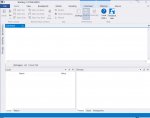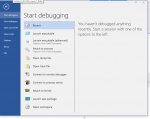weare one
Bronze Level Poster
That's interesting, and worrying at the same time. These error 41 messages could be caused by the system automatically restarting itself, has that ever happened? When a 'system problem' is detected Windows is configured to automatically restart (and write a memory dump). This is what Microsoft has to say about error 41; https://support.microsoft.com/en-us...1-error-the-system-has-rebooted-without-clean.
The sfc /scannow seems to have been worth running since errors in system files was detected and corrected. It will be interesting to see whether that has any effect on your restore point issue.
BTW. Did you buy this PC with Windows pre-installed or did you install your own copy?
Windows 10 was pre-installed by PCS and now that you mention it my system did appear to re-boot itself the other day.
I normally leave my pc on all day as I go back and forth rather frequently throughout the day and I did notice that once there was no apps/web pages open what’s so ever. This has only happend once btw :excl:
Last edited:




